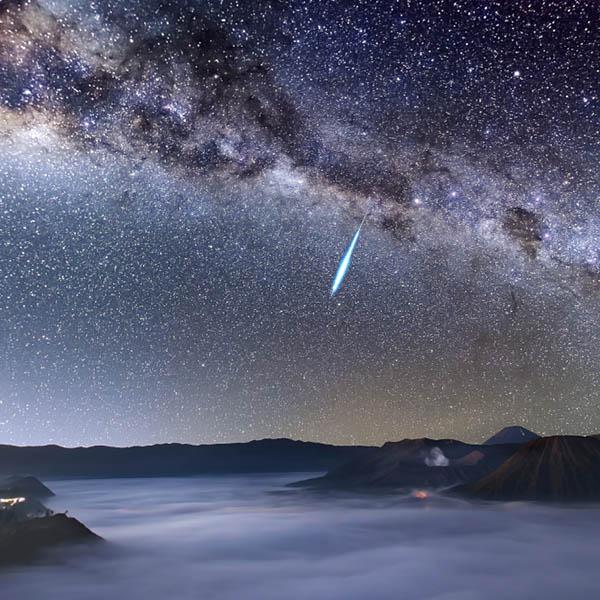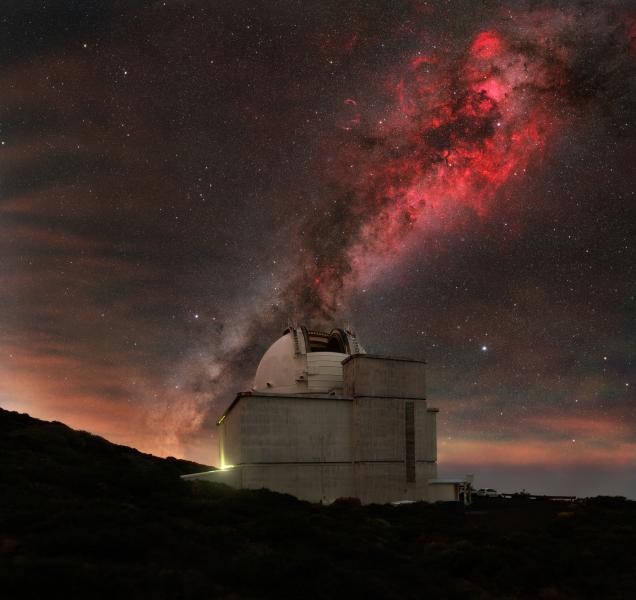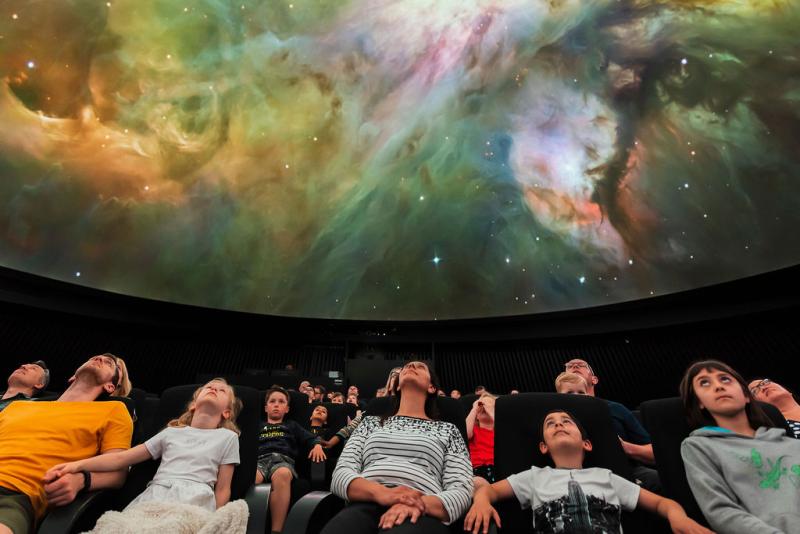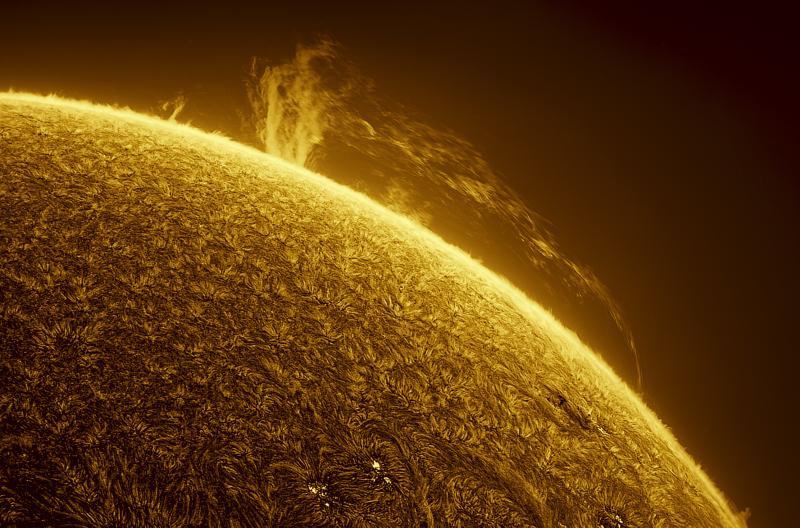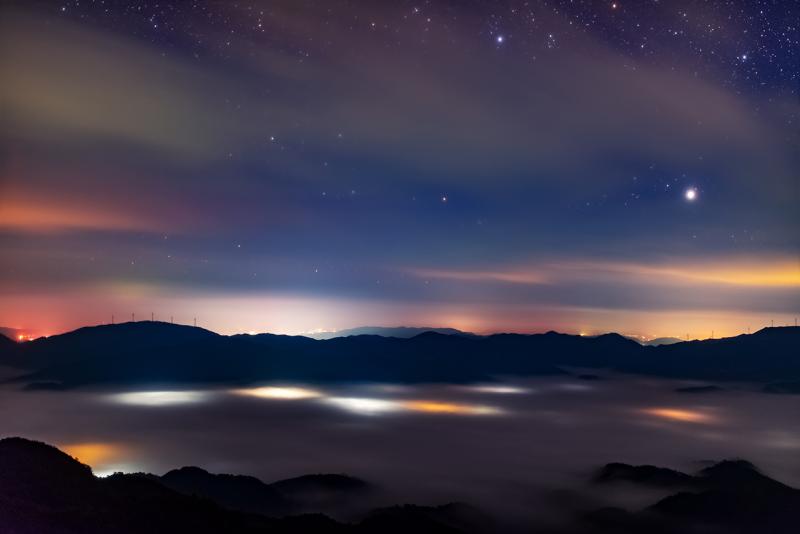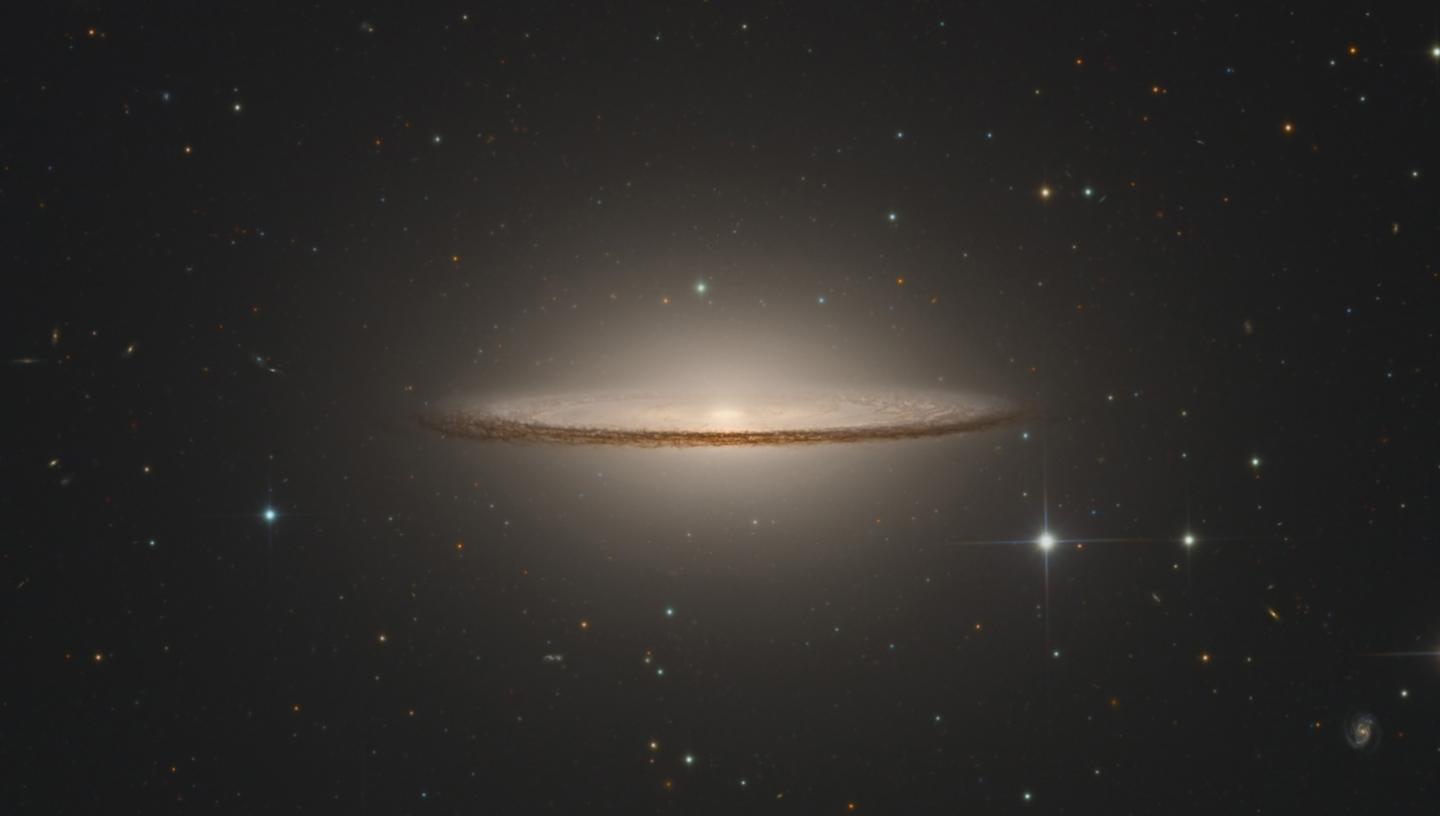
Discover what to see in the night sky this May, from a galaxy that looks like a hat, to spinning space eggs and more
Top 3 things to see in the night sky in May 2025:
- 5 May - Take in the Eta Aquariid meteor shower
- Throughout the month - Spot the biggest hat in space, the Sombrero Galaxy
- Throughout the month - Check out Coma Berenices, the only constellation named after a real person
Details given are for London and may vary for other parts of the UK.
Hats off to the Sombrero Galaxy
31 million light years away lies a striking galaxy that looks sort of like a sombrero, and at about 95,000 light years in diameter, this is the biggest hat of all.
M104, or the Sombrero Galaxy, gets its hat-like shape from its wide dust lanes and bright core. The dust lane is a huge ring encircling the galaxy’s core, tilted almost edge-on to us, and home to most of the galaxy’s star formation. The nucleus within consists of a gas made of atoms that have been stripped of some of their electrons, thought to be the result of activity caused by a supermassive black hole. Lurking away at the very centre of the Sombrero Galaxy, this black hole is an utter monster with a mass of one billion suns, and is the closest black hole of that size to us.
This cosmic hat can be found between the constellations Virgo the maiden and Corvus the crow, which will lie above the horizon in the southern sky. Guide yourself there by following the curved handle of the Plough to the bright star Arcturus in Boötes (the 'arc to Arcturus'). Use Arcturus as a stepping stone to the bright star Spica in Virgo, which you’ll come across as you continue the curve across the sky. The Sombrero Galaxy lies 11.5° (the width of a fist at arm's length) to the west of Spica.
Spinning eggs in space
Once you’ve found the biggest hat in the Universe, it’s worth backtracking on our star-hopping journey to take a look at Spica, Virgo’s brightest star - or rather stars, plural.
Spica, representing the wheat held in Virgo’s hand, is the 16th brightest star in the night sky and lies 250 light years from Earth. It is a binary star system, comprised of Spica A and Spica B, two stars that orbit one another over a period of four days. These stars are separated by only 11.3 million kilometres, making them close enough together to tug on each other, creating two spinning egg-shaped stars. Spica A is the largest of the two stellar eggs with a mass of over ten times that of the Sun, while Spica B is about four times the mass of the Sun.
A stellar sacrifice
This month is the perfect time to see Coma Berenices- the only constellation named after a real person. Constellations like Hercules or Perseus may be named after some pretty impressive-sounding characters, but slaying loads of mythical beasts can only count for so much if you don’t even exist. Not Coma Berenices, though. This constellation refers to the very real Queen Berenice II of Egypt, who lived from 266 to 221 BCE and reigned over Ptolemaic Egypt from 246 BCE until her death (which is thought to have been due to a conspiratorial poisoning)!
You can find this historical constellation between Leo the lion (mentioned in last month’s diary) and Boötes the herdsman. We’ve already nailed down our arc to Arcturus, so from there, Coma Berenices is just the width of a hand at arm's length to the west.
Meaning 'Berenice’s Hair', this constellation is only made up of three stars meant to represent Queen Berenice's hair. The story goes that she chopped off her hair and left it at a temple in Alexandria as an offering for the safe return of her husband from war. The next morning though, her hair had mysteriously disappeared. The court astronomer solved the case by identifying Coma Berenices as a constellation, explaining that the goddess Aphrodite must have accepted Berenice’s offering, and placed it in the stars.
Southern Hemisphere observing - the Eta Aquariid meteor shower
Readers in the Southern Hemisphere should look out for the Eta Aquariid meteor shower, as the shower’s radiant will rise higher into the nighttime sky at southern latitudes. The shower is active between 19 April and 28 May but will peak in activity between midnight and sunrise on 5 May, reaching around 40 meteors per hour.
The shower occurs as the Earth passes through the debris field left behind by Comet Halley. Tiny bits of debris burn through our atmosphere and are visible to us as bright streaks across the sky. They'll appear to radiate from a spot near the star Eta Aquarii, in the constellation Aquarius.
As always, viewing a meteor shower is a waiting game. Take yourself to a dark location during the shower’s peak, making sure you have a wide view of the night sky. Settle down, and watch the show.
The Moon's phases in May 2025
First quarter: 4 May (14:52)
Full moon: 12 May (17:56)
Last quarter: 20 May (12:59)
New moon: 27 May (04:02)
Stargazing tips
- When looking at faint objects such as stars, nebulae, the Milky Way and other galaxies it is important to allow your eyes to adapt to the dark so that you can achieve better night vision.
- Allow 15 minutes for your eyes to become sensitive in the dark and remember not to look at your mobile phone or any other bright device when stargazing.
- If you're using a star app on your phone, switch on the red night vision mode.
Header image: The Inner Dust Lanes of M104 (Sombrero Galaxy) © Kevin Morefield, shortlisted in Astronomy Photographer of the Year 2024 Galaxies category

